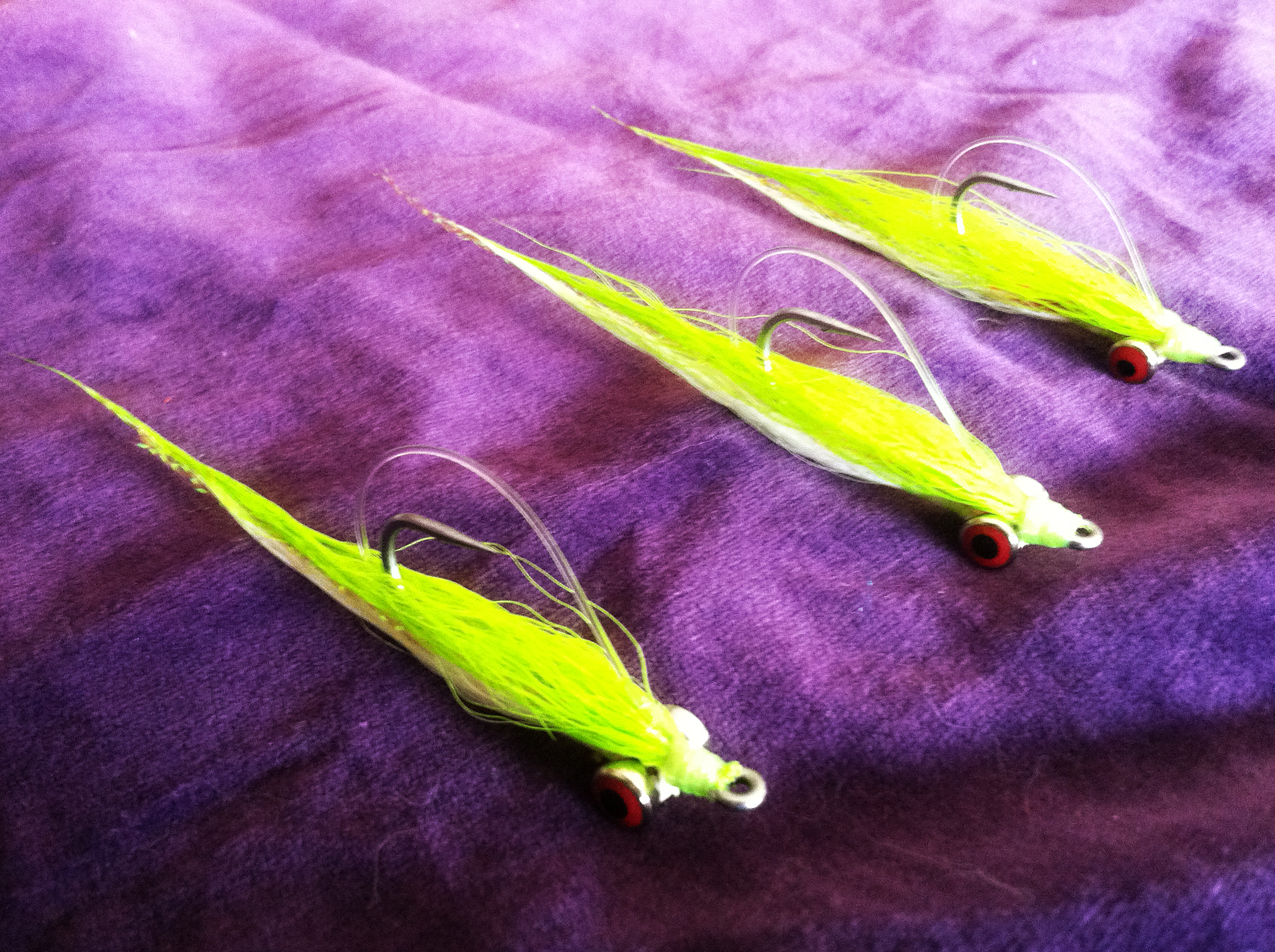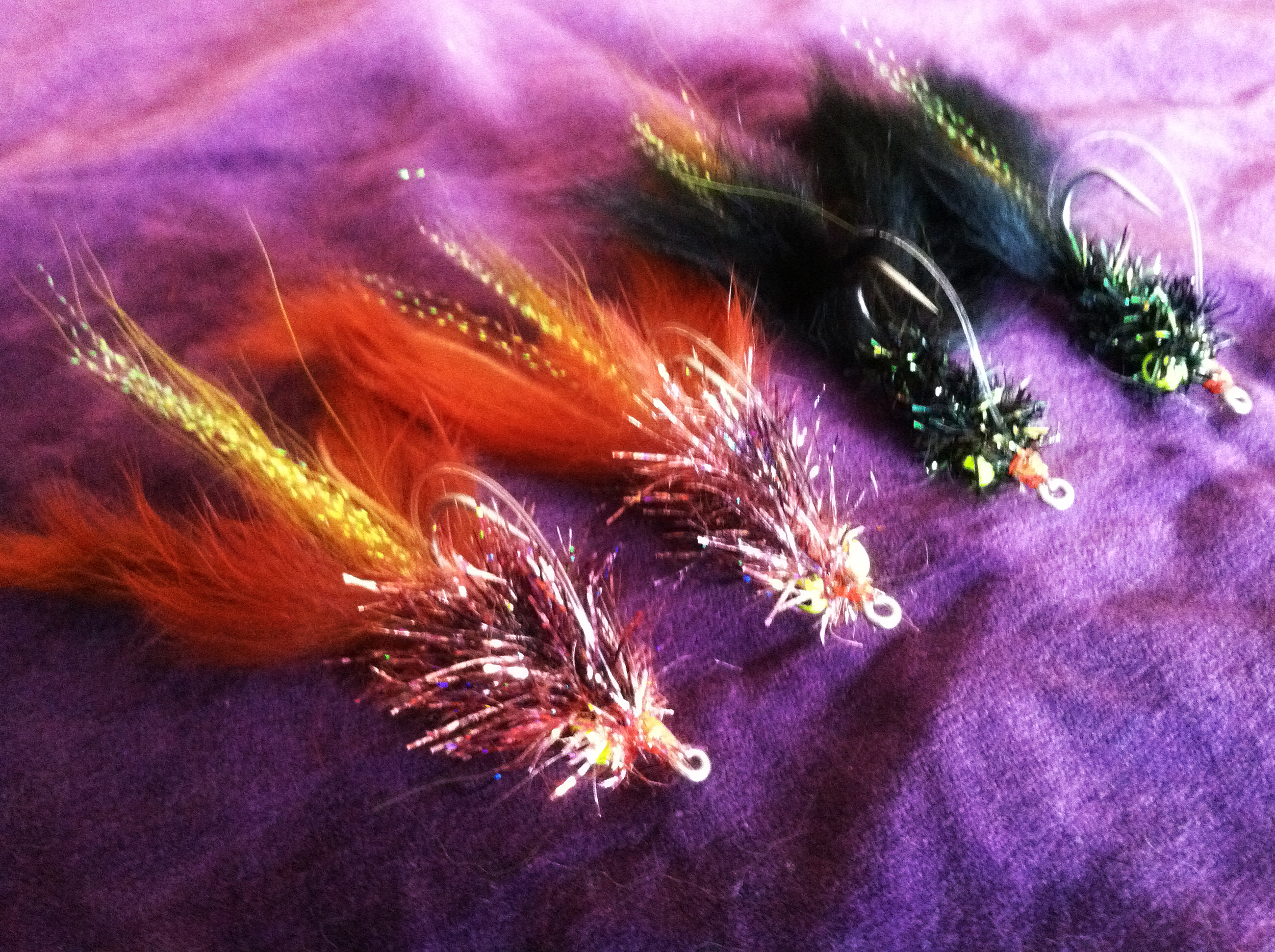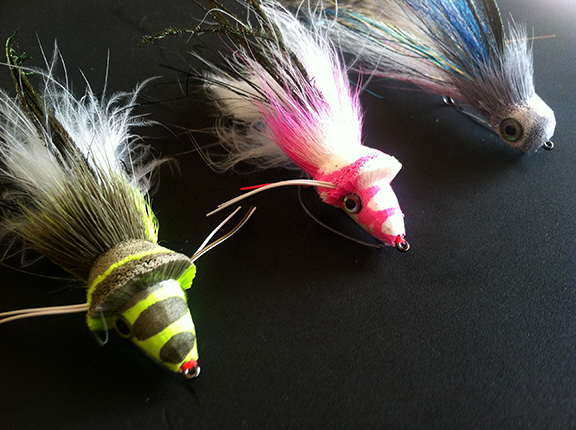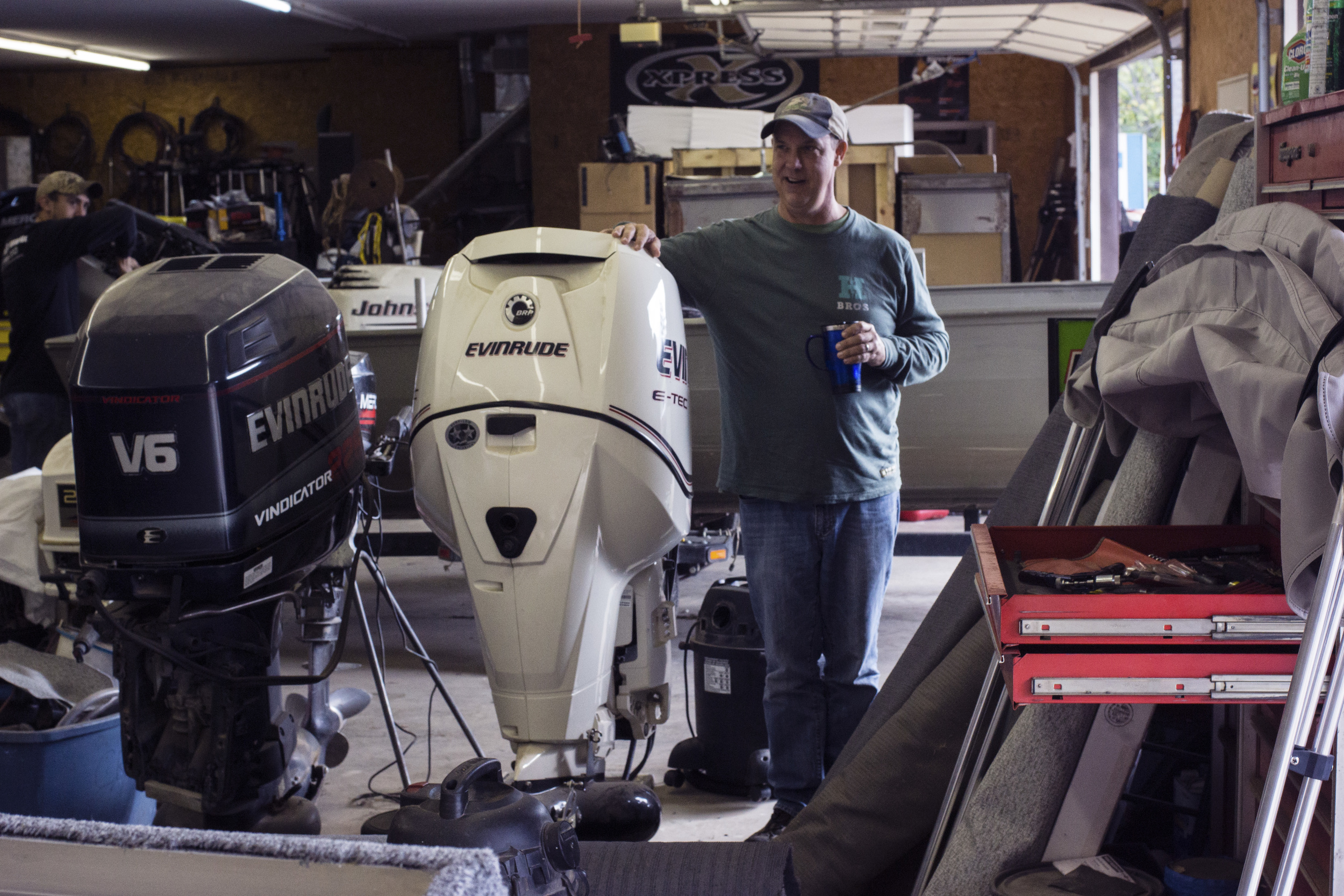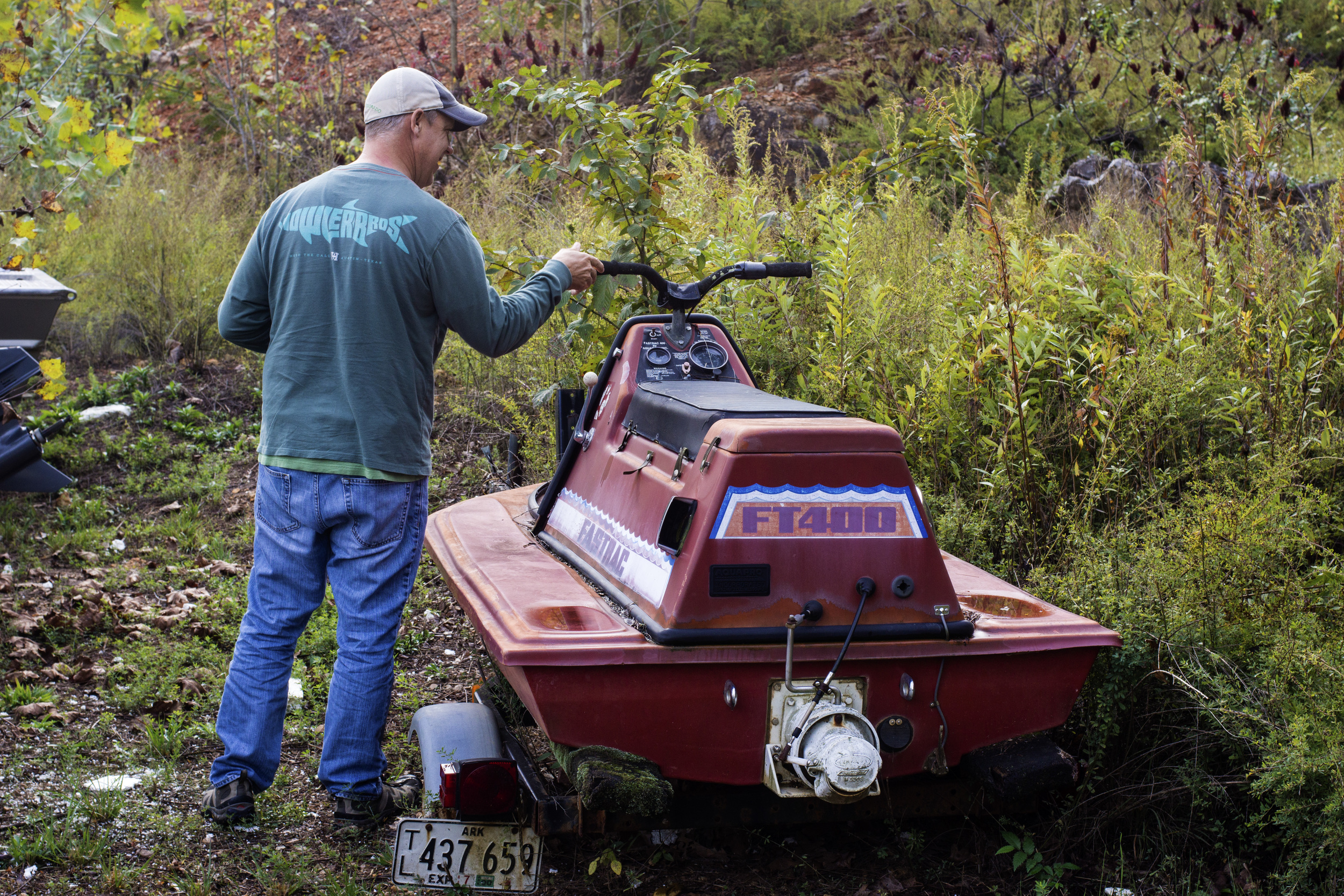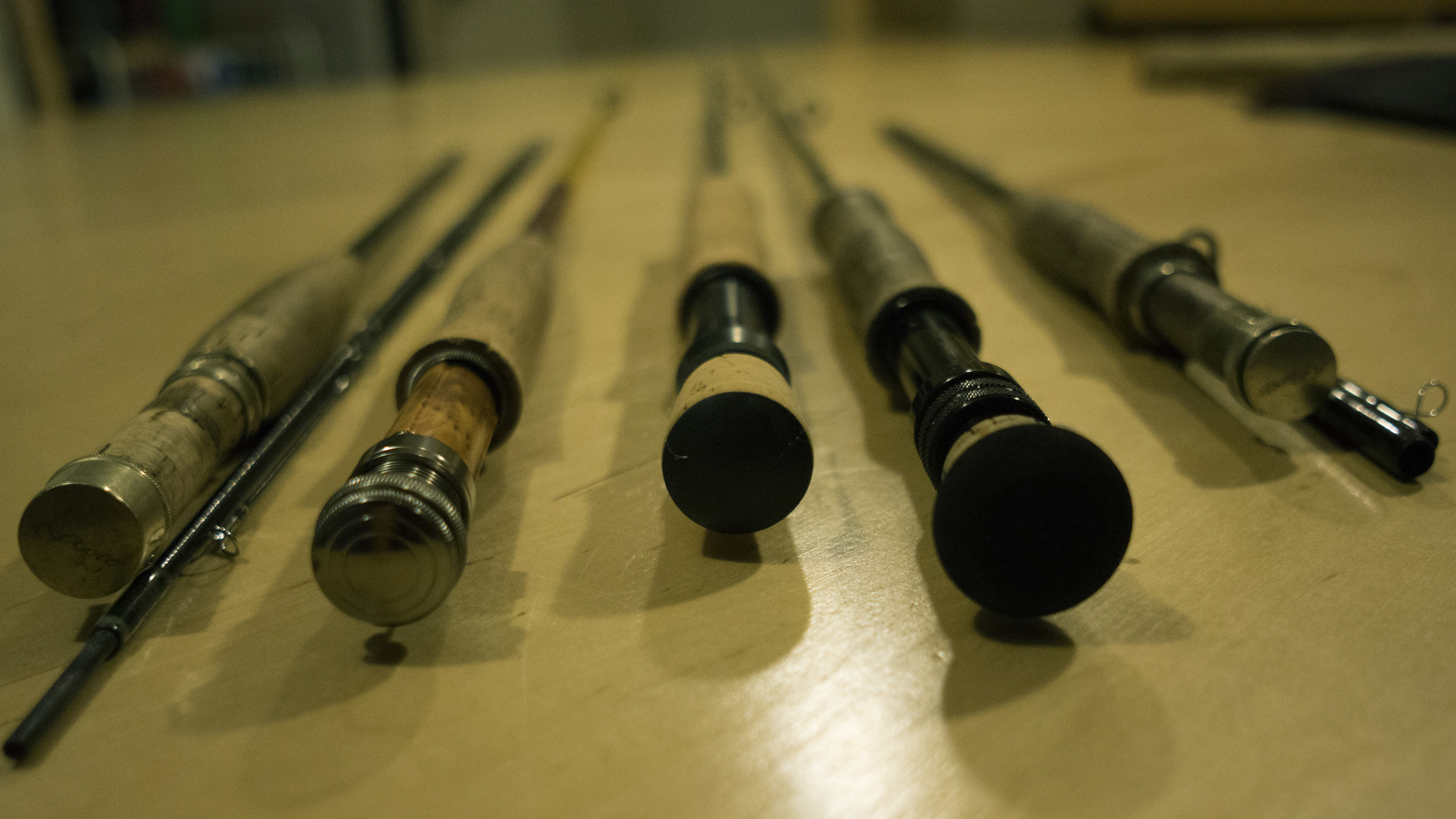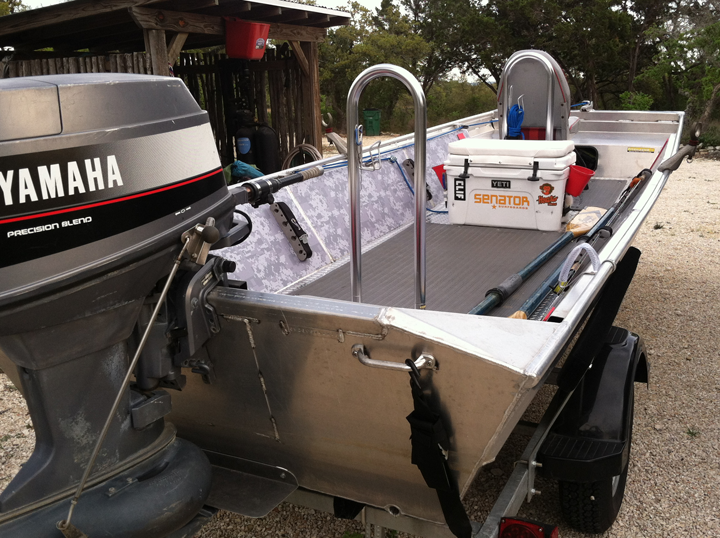I got bored. Tied up some leaders, then decided to write about it.
I first need to say that I enjoy building my own leaders. Most likely the store bought ones are better. (However, I cut those up too.) Also it gets expensive if you’re as tough on stuff as I am. Many in our community enjoy tying flies, I don’t. I enjoy building my own leaders. My nymph rig is not my own as I’ve cut and pasted what I like from others I’ve seen. It also needs to be said that Indicator Nymphing is pretty new to me. Having not grownup around tail waters I learned other ways.
My biggest issue with bobbers is that they destroy my leaders. Okay, “destroy” is probably the wrong word. My leaders seem to get all jacked-up from them though. You’ll notice a couple things in my rig. First, I run my bobber “inline” and secondly, I use a swivel. If you don’t see it, trust me it’s there. I’ll leave the swivel alone for now to let that digest. The nail knots of old fly-line secure the bobber where you want it on the butt section giving you your desired depth. However, you can make adjustments to your depth by just sliding the nail knots up and down the butt section. I’ve tried this on tapered leaders without much success. I think the declining diameter of the butt section allows the nail knots to slip. For comparison, this leader recipe will be pretty darn close to an Orvis 9’ 5x knotless tapered leader.
I use 3-4 feet of 30lb MAXIMA Ultragreen Mono (0.22”) for my butt section. MAXIMA is great stuff and has the stiffness required for a butt section. I’m pretty diligent on my lengths, for various and complicated reasons, so when I say 3-4 feet it is 3 feet or 4. I cut a longer section to work with and thread the bobber on inline. Then with old fly line tie in 2 nail knots on either side. Make them good and make them tight. I do 5 turns in mine. After you’re done with that, tie your perfection loop in one end and cut down your leaders butt section to the desired length keeping in mind the knot. (I’m a perfectionist and, yes, I will start over if it’s an inch off.)
For my mid section, I use Berkley VANISH Fluorocarbon. It’s supple and a good transition to the tip. With a 30lb butt section I’ll use 10lb test (0.11”) tied in with an improved blood knot. Capt. Dave Hunt, a tarpon guide whom I’ve fished with, instilled in me the importance of choosing the right knot for the right application, which I appreciate. Because of the drop in diameter between the two, I feel the improved is a better choice but I could be wrong. To finish off the mid section I use a swivel.
If you’ve never used a swivel or a tippet ring you should give it a shot. I am constantly breaking off, knotting up, cutting back…etc…etc… my tip section. The swivel helps with the cold finger tie-in if you have to completely redo your flies because of a tree, besides the extra little weight is good and I promise the fish don’t care. The business end of the rig is completely up to you.
For my tip section, I will tie to the swivel 1-2 feet of 4lb Berkley VANISH (0.009”) then my Frogs Hair Tippet 5x with a good ole’ double surgeons knot. I like the Frogs Hair because I get a deal on it and I’m nerdy. The gamma technology and their proprietary process is fun to read about and just like the Vanish it is made in the USA.
So there ya have it! Take it or leave it, use it or don’t. Just go fishing.
Tight lines
W
